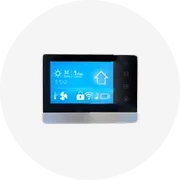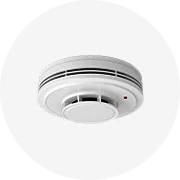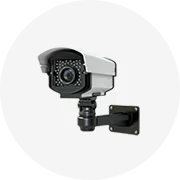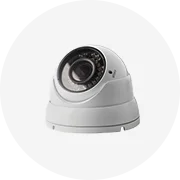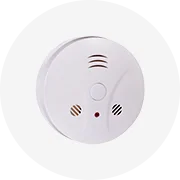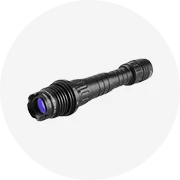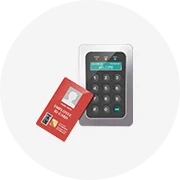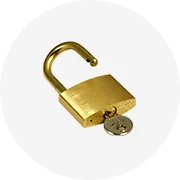Popular in your industry











Top categories
About 153 khz proximity cards
153 kHz proximity cards are pivotal in the realm of secure access control, utilizing low-frequency RFID technology to enable smooth entry procedures in various environments. Their dependability and contactless nature render them essential in settings where both security and efficiency are of the utmost importance.
Types and Characteristics of 153 kHz Proximity Cards
Diverse 153 kHz proximity cards populate the market, each tailored with distinct features to meet specific functional requirements. Industrial settings might opt for ruggedized versions to withstand severe conditions, whereas corporate offices tend to favor sleek, slimline designs for their professional look and ease of use. Some cards come with advanced options such as biometric data storage or compatibility with other smart technologies, broadening their scope from mere access facilitators to integral components of complex authentication systems.
Structure and Operational Components of 153 kHz Proximity Cards
A 153 kHz proximity card boasts a sophisticated design that protects its internal elements while delivering unwavering performance. At its core, the RFID chip stores user information and interacts with readers. This chip is linked to an antenna, often a copper coil, enabling communication through radio waves. Encased in a robust PVC body, these components are shielded from elements like moisture and dust that could disrupt functionality. The strategic placement of these parts is critical, influencing the card's effective range and dependability.
Materials and Environmental Considerations
In crafting 153 kHz proximity cards, manufacturers strike a balance between performance and ecological responsibility. PVC's resilience suits everyday usage, yet with heightened environmental awareness, alternatives such as PET or biodegradable PVC are being adopted, offering comparable sturdiness with a reduced ecological impact. These materials are selected not only for their physical attributes but also for their capacity to be processed in environmentally conscious ways, diminishing the carbon footprint throughout the card's lifecycle.
Business Usages and Applications in Various Industries
The versatility of 153 kHz proximity cards extends to a broad spectrum of business applications. In security, they regulate entry to sensitive areas. Retailers integrate them into loyalty schemes for effortless customer recognition. The transport industry relies on them for streamlined fare collection. Each application capitalizes on the card's swift and secure identification capabilities, which can enhance customer satisfaction, bolster security, and streamline operations.
Functions and Task-Specific Capabilities
153 kHz proximity cards are engineered for an array of functions beyond mere door access. They can be woven into intricate security networks, playing a crucial role in identity verification. These cards also track attendance, manage user permissions, and regulate the operation of equipment, ensuring that only authorized personnel handle sensitive or hazardous machinery.
Features and Unique Selling Points
The appeal of 153 kHz proximity cards lies in their security features and adaptability. Programmable access levels, rapid scanning, and potential system integration render them highly flexible for various environments. Additionally, security measures such as encryption and mutual authentication protocols safeguard the data on the cards from illicit access and cloning.
Benefits and Positive Outcomes for Users
Users of 153 kHz proximity cards enjoy the dual advantages of heightened security and convenience. The contactless mechanism ensures swift, sanitary access, a significant factor in today's health-aware society. For organizations, these cards provide a secure, manageable access system, potentially reducing operational costs and reinforcing security. The data gleaned from card usage can also yield insights into user behavior, informing further operational enhancements.
How to Use and Operate 153 kHz Proximity Cards Effectively
To effectively utilize 153 kHz proximity cards, one should present the card within the reader's detection range. Proper handling is essential, avoiding extreme temperatures or magnetic fields that could impair the internal components. For enterprises, maintaining up-to-date system firmware and software is crucial for ensuring compatibility and security, while periodic audits of access records uphold the integrity of the access control system.
How to Choose the Right 153 kHz Proximity Card
Selecting the appropriate 153 kHz proximity card necessitates an understanding of your system's specific requirements. Considerations such as the operational environment, desired durability, required read range, and security level are paramount. Anticipating future needs is also prudent to ensure the card system can evolve with the organization's growth and transitions.
How to Clean and Maintain 153 kHz Proximity Cards
Simple yet crucial measures are involved in maintaining 153 kHz proximity cards. Regular cleansing with a soft cloth can prevent the accumulation of grime and oils that might compromise the card's function. Protective casing for the cards can avert scratches and physical damage that could cause misreads or malfunction.
What are the security features of 153 kHz proximity cards?
153 kHz proximity cards incorporate multiple security features to thwart unauthorized access and duplication. These include distinct serial numbers for each card, encrypted communication with readers, and in some cases, biometric data integration for added security layers.
Can 153 kHz proximity cards be customized for branding?
Personalization is a hallmark of 153 kHz proximity cards, with suppliers on Alibaba.com offering a range of customization options. These can vary from basic logo imprinting to full-scale design alterations that resonate with a company's branding ethos, positioning the cards as a key element of corporate identity.
How do 153 kHz proximity cards contribute to a seamless access control system?
153 kHz proximity cards are instrumental in forging a seamless access control system by providing an accessible, secure, and efficient means of regulating facility entry. Their capacity to dovetail with other systems and technologies facilitates a unified security framework that can adapt to the dynamic requirements of businesses and institutions.







